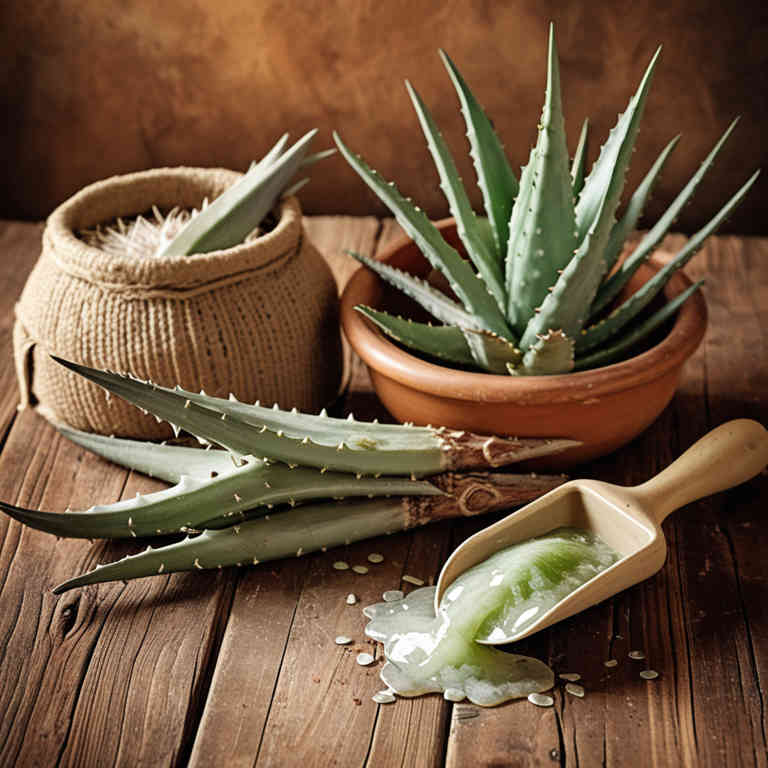Aloe vera mucillage for medicinal use

Aloe vera mucillage is a viscous, gel-like substance derived from the inner leaf of the Aloe barbadensis plant.
It contains a high concentration of polysaccharides, enzymes, and other bioactive compounds that contribute to its therapeutic properties. In herbalism, it is used to soothe inflammation, promote skin healing, and support digestive health. The mucilage acts as a demulcent, forming a protective layer over mucous membranes.
It is commonly applied topically for conditions like eczema, burns, and psoriasis, and can also be taken internally in diluted form to aid digestion and relieve constipation.
Uses
Aloe vera mucillage has been used to treat various skin conditions and digestive issues for centuries.
Historically, it was valued in ancient Egypt, Greece, and Rome for its healing properties and was used in skincare and medicine. Traditional uses include soothing burns, reducing inflammation, and aiding digestion. In modern times, it is widely used in topical products for its moisturizing and anti-inflammatory effects.
It is also incorporated into dietary supplements to support gut health and overall wellness.
Benefits
Aloe vera mucillage has health benefits such as promoting skin healing, reducing inflammation, and supporting digestive health.
It contains a variety of nutrients, including vitamins, enzymes, and antioxidants, which contribute to its therapeutic properties. The mucilage in aloe vera forms a protective layer on the skin, helping to soothe burns and irritations. It can also aid in relieving constipation by softening stool and stimulating bowel movements.
Additionally, aloe vera mucillage is known to have antimicrobial properties that may help in preventing infections.
Constituents
Aloe vera mucillage active constituents include polysaccharides, enzymes, and amino acids, which contribute to its therapeutic properties.
Polysaccharides, particularly acemannan, are known for their immune-modulating and anti-inflammatory effects. Enzymes such as amylase and lipase aid in digestion by breaking down carbohydrates and fats. Amino acids provide essential nutrients that support cellular repair and overall health.
These components work synergistically to promote skin healing, reduce inflammation, and enhance digestive function.
Preparation
To make Aloe vera mucillage, start by selecting a mature Aloe vera leaf and washing it thoroughly.
Next, cut the leaf lengthwise and scoop out the gel-like pulp, making sure to avoid the sharp edges and bitter yellow sap. Place the gel in a blender and add a small amount of water to help with blending. Blend until smooth, then strain the mixture through a fine mesh strainer or cheesecloth to separate the mucilage.
Finally, store the mucilage in a cool, dark place or refrigerate it for up to a week for optimal use.
Side Effects
Aloe vera mucillage may lead to gastrointestinal discomfort, such as diarrhea, nausea, and stomach cramps, due to its laxative properties.
It can also cause skin irritation or allergic reactions when applied topically. Long-term use may result in electrolyte imbalances and dehydration. In some cases, it may interact with medications, particularly those affecting the kidneys or diabetes.
It is important to consult a healthcare professional before using aloe vera mucilage, especially for prolonged periods or in high doses.